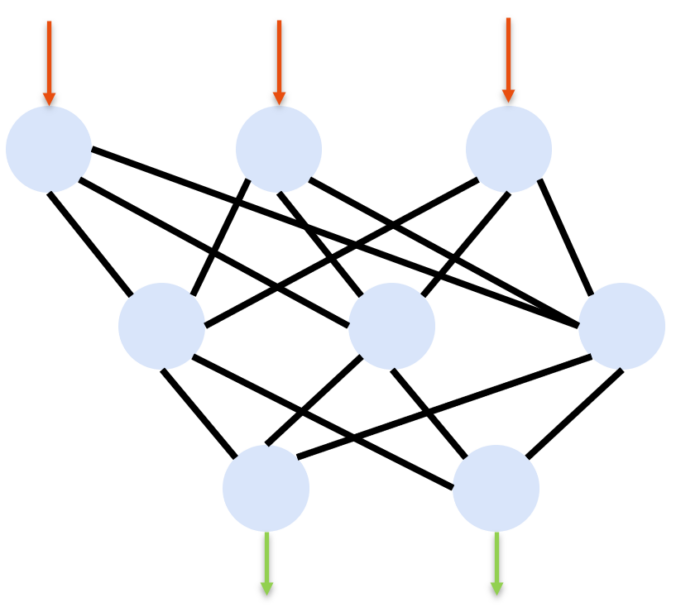With the rise of remote working, Microsoft Teams has become the de-facto standard for video conferences, chat, and collaboration. The nature of the Teams architecture are some central systems that route information between parties. With that comes that Teams client software must be allowed to communicate to the Internet. Microsoft even recommends letting Teams traffic bypass inspection proxies for compatibility reasons. Its network communication pattern has significant overlap with malicious C2 traffic und thus it is nearly impossible for blue teams to spot adversary communication. Therefore, Teams is an interesting candidate to be abuses for C2 traffic. Thus, we put some research into this.
Continue reading





